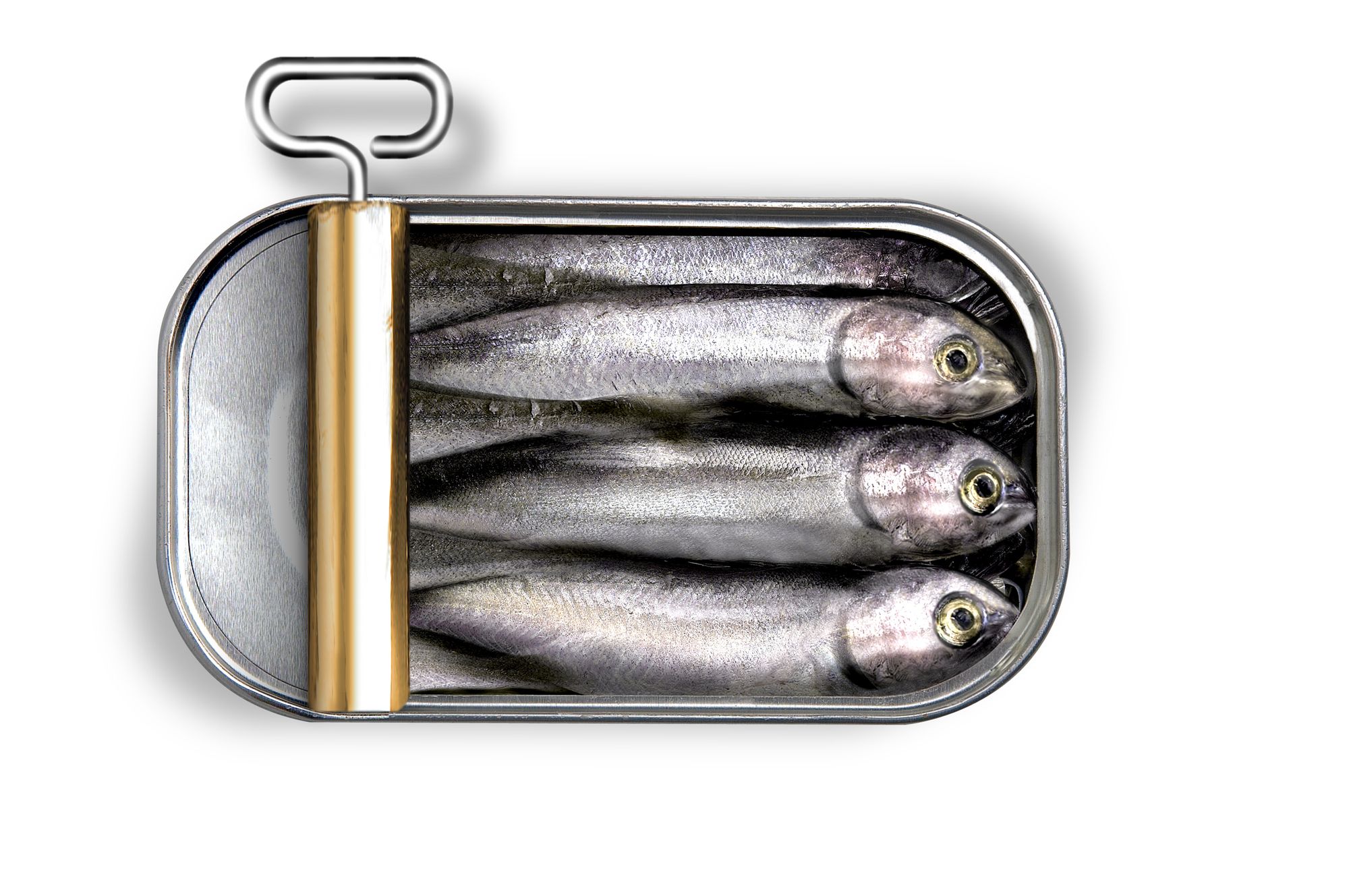One solution to consider is incorporating canned fish into your diet.
Canned fish is a low-fat protein option that is packed with essential vitamins and minerals. Not only is it a more cost-effective option compared to fresh or frozen fish, it's also convenient and has a long shelf-life.
However, with so many canned fish options available, it can be overwhelming to choose the right one. To make sure you're getting the most high-quality and safe canned fish, follow these tips from dietitians:
- Look for labels that indicate the fish was sustainably sourced and responsibly caught.
- Choose canned fish that is packed in water or olive oil, as opposed to heavy sauces or syrups, which can add unnecessary sugars and calories.
- Read the ingredients list to make sure there are no added preservatives or artificial ingredients.
- Check for expiration dates and make sure the can is not damaged or swollen, which can indicate spoilage.
- Experiment with different types of fish to find the flavor profiles you enjoy the most.
By following these tips, you can make informed choices about the canned fish you add to your cart and ensure you're getting the most health benefits for your budget.
1) Avoid BPA: The Importance of Choosing BPA-free Canned Goods

Bisphenol A (BPA), a commonly used industrial chemical, is found in many products, including some canned fish. However, health experts advise opting for BPA-free cans to reduce health risks. Dietitian and author Lauren Manaker suggests, "While most manufacturers have shifted away from BPA-lined cans, it is still important to verify that the canned fish you're buying is not an exception."
Krutika Nanavati, a registered dietitian and nutritionist with Nutrition Society New Zealand, explains that BPA has been associated with infertility and certain forms of cancer, making it crucial to avoid it where possible. To identify BPA-free canned fish, look for products with clear labeling that says "BPA-Free." If the label does not indicate this, it is best not to purchase the product.
2) Keep a Close Watch on Sodium Content

"Limit the salt in your canned fish choices," says Manaker. "While some canned fish may contain some salt, others have higher levels. Salt acts as a preservative, but it's important to keep the amount reasonable.
Burdeos, a registered dietitian and health writer, suggests aiming for a sodium content of 400 milligrams or less per 100 gram serving of fish. The World Health Organization (WHO) has an even lower guideline at 360 milligrams per 100 gram serving of canned fish.
Burdeos also warns that flavored, brined, and smoked fish tend to have a higher sodium content. Opt for plain canned fish without added flavors and season it yourself for a better taste.
3) Choose Fish With Lower Levels of Mercury for Safer Consumption

Fish is a nutritious addition to any diet, rich in protein and various essential nutrients. However, it can also contain traces of mercury, which are absorbed from the water they live and feed in. Excessive levels of mercury can cause health problems such as muscle weakness and vision issues, making it a particular concern for pregnant women.
To minimize your exposure to mercury, choose fish that are known to have lower levels such as anchovies, salmon, flounder, trout, and shrimp. Avoid options like swordfish, orange roughy, and marlin, which have higher mercury levels. As per the recommendations of dietitian Lauren Manaker, consider purchasing Safe Catch Elite Tuna, which contains mercury levels 10 times lower than the FDA's recommended limit.
4) Opt For Fish That Have Been Certified Sustainable

When shopping for canned fish, look for a blue label that says "MSC". This label from the Marine Stewardship Council (MSC) indicates that the fish was sustainably caught in the wild without causing harm to the environment or other sea creatures.
For farmed seafood, Burdeos recommends looking for certifications like "Best Aquaculture Practices (BAP) Certified" and "Aquaculture Stewardship Council (ASC) Certified", which focus on sustainable and responsible fish farming. By choosing fish with these certifications, you can ensure that your seafood is not only delicious, but also eco-friendly.
5) Choose Fish Packaged in Water or a Healthy Oil if Possible

When selecting canned fish, it's important to pay attention to the liquid it's packed in, as this can impact its nutrition quality. Tucker recommends choosing canned fish packed in water, as this tends to be lower in fat and calories than those packed in oil. If oil-packed varieties are preferred, opt for 100% olive oil. Additionally, check the nutritional label for added preservatives and aim for a minimal list of ingredients such as just the fish and water or oil, with perhaps a small amount of added salt.
6) When Choosing Fish, Keep the "SMASH" Ccronym in Mind

To make the task of choosing the best fish for your meal less overwhelming, use a helpful trick from Jessica Gutsue, a registered dietitian nutritionist. She suggests remembering the acronym SMASH, which stands for Sardines, Mackerel, Anchovies, Salmon, and Herring. These species are rich in healthy fats, like omega-3 fatty acids, and have the lowest levels of harmful toxins. Tuna, especially skipjack tuna, is another great option. To find high-quality canned fish, consider brands like Wild Planet, Safe Catch, and Bar Harbor.
7) Inspect Cans Thoroughly for any Signs of Damage.

Judging a book by its cover is acceptable in this case. Nanavati emphasizes the importance of thoroughly examining canned fish. Ensure the can is free of dents, rust, or corrosion, as these indicate possible exposure to air, bacteria, and could affect freshness and taste. Check the odor, it should be mild and not overly fishy, if it smells like ammonia or is too strong, it may be spoiled and not safe to consume. Additionally, verify the expiration date to ensure it's a fresh purchase.

